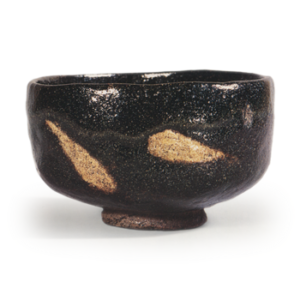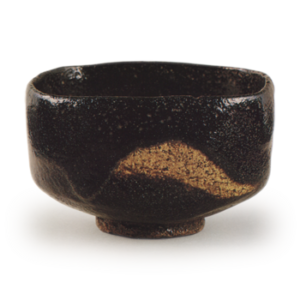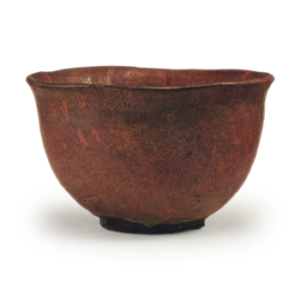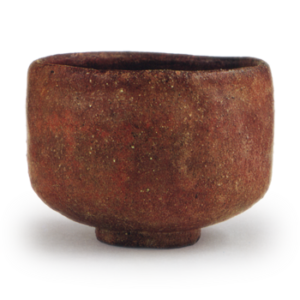A type of white porcelain. It was excavated from an ancient burial mound in Korea, but since the kiln site is unknown, many believe that it was introduced from China. However, the majority of the pieces are likely to have been imported from China.
If they were made in China, they would have been made in the Song dynasty or later, but some of them may have been made in the Ming dynasty. The Ding kilns and other kilns in the north and the Jian kilns (Ming dynasty) in the south are considered to be the original production sites of white Koryo porcelain. Technically, Goryeo white porcelain can be divided into four types. (1) Thin porcelain similar to Song dynasty Pudding kilns with pale red, tawny white, and white glazes, with extremely sharp imprints of painted flowers, flowers, embroidery, and sealed flowers, as well as sharp spatula and comb marks. The glaze color is the same as the former, but the base is made of water-absorbent clay, giving it a heavier feel than Pudding ware. It is similar to Jian kiln white porcelain of the Ming dynasty and belongs to the traditional white Koryote type in Japan.
The glaze is tawny or white, and the base is transparent, but slightly thicker and warmer. It is reminiscent of ivory or milk-white glass and is used in excellent incense burners, bowls, and Buddhist statues. These are thin white porcelain with a blue transparent glaze and powerful line engravings on the surface. The Goryeo white porcelain of the former Lee Wang Family Museum is divided into two types: one is earthenware with no blue tinge in the glaze, reminiscent of oxidized ware from Northern China, and opaque and rich as if produced in a regular kiln. The other type is stony clay with a bluish glaze, reminiscent of reduction ware of southern China, but if it was fired oxidatively, it is thought to be Ming dynasty Jian kiln white porcelain and is tawny and transparent. In Japan, the imitation of white Koryo porcelain is based on the weak firing of amakusa stone. The pale yellow porcelain of Tomochi during the Meiji period was also intended to imitate white Korai porcelain. (Shiota Rikizo)








